Seeking “Perhaps The Most Interesting Plant…”
Oconee Bells are rare wildflowers growing within the Jocassee Gorges region of Upstate South Carolina. Early American botanist Asa Gray spent a lifetime searching for Oconee Bells in the wild, largely unsuccessful. I travel to the Blue Ridge Escarpment on my own small adventure to spend some time with these wonderful wildflowers.
Early Spring / March 2022 / Mark VanDyke
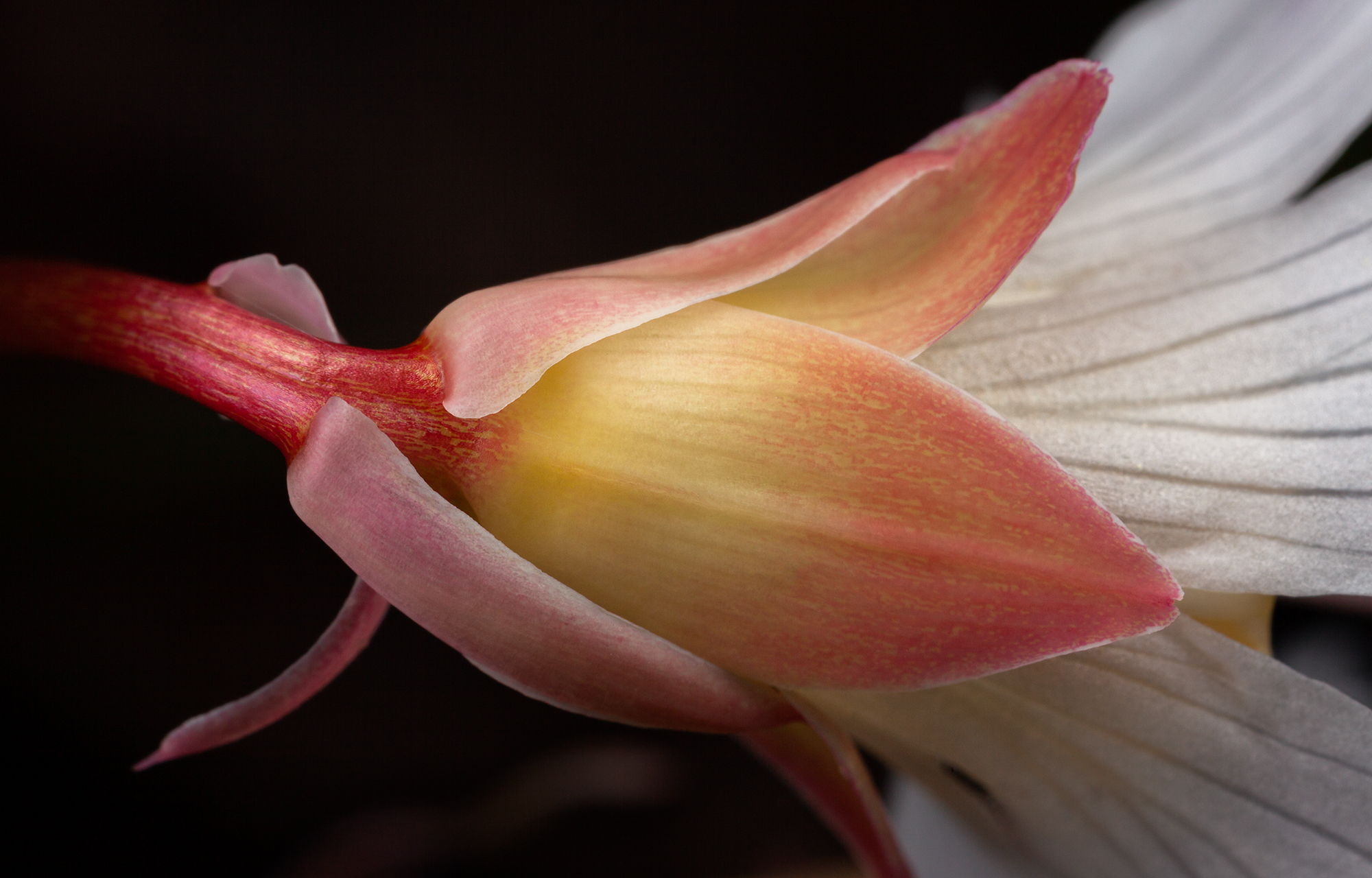
“Found by a man who never named it (Michaux). Named for a man who never saw it (Charles Wilkins Short), by a man (Dr. Asa Gray) who couldn’t find it.” (in reference to the Oconee Bell)
The whine of an outboard motor pushes a boat towards the distant Blue Ridge Mountains. Its wake gently laps the shoreline at my lakefront campsite within Devils Fork State Park. This neatly kept gravel pad will serve as basecamp while I explore the Jocassee Gorges, a geographic region in Upstate South Carolina where the Blue Ridge drops off precipitously into the piedmont. The Jocassee Gorges are by and large a place of water: The Whitewater, Thompson, Horsepasture, and Toxaway Rivers run deep gorges that spill into Lake Jocassee with their beautiful, cold, mountain-born waters. Small creeks abound in every direction.
It’s mid-March. Too early still for heavy traffic at the campground. I find myself with both a waterfront campsite and an absence of neighbors. Lucky. A couple of cold nights is more than fair compensation for this type of solitude. Every morning, just before first light, pickup trucks deliver their personal watercraft to the dock across the lake from my camp. Off they buzz like mosquitoes over deep waters towards the cinematic backdrop of the Blue Ridge Mountains. In the distance, somewhere across the open waters of Lake Jocassee, a common loon cries. It’s a long, sorrowful wail. Powerful. Answered in kind. Every bit as evocative, I imagine, as a howling wolf. I find the sounds beautiful: wild and untamed.

This is one of the rare trips where I don’t have to be up before the sun or out well beyond its setting. My primary target is a rare wildflower, the Oconee Bell (Shortia glacifolia), and I’ll need daylight to make the images I desire. I’ve chosen Devil’s Fork State Park specifically for the Oconee Bell. A short trail within the park boundaries—the aptly named Oconee Bell Trail—is widely regarded as the easiest-to-reach public habitat for these small, white, nodding wildflowers. And it just so happens that the Oconee Bell Trail is within walking distance of my tent (more important so with soaring gas prices, the result of the Russian/Ukrainian conflict).
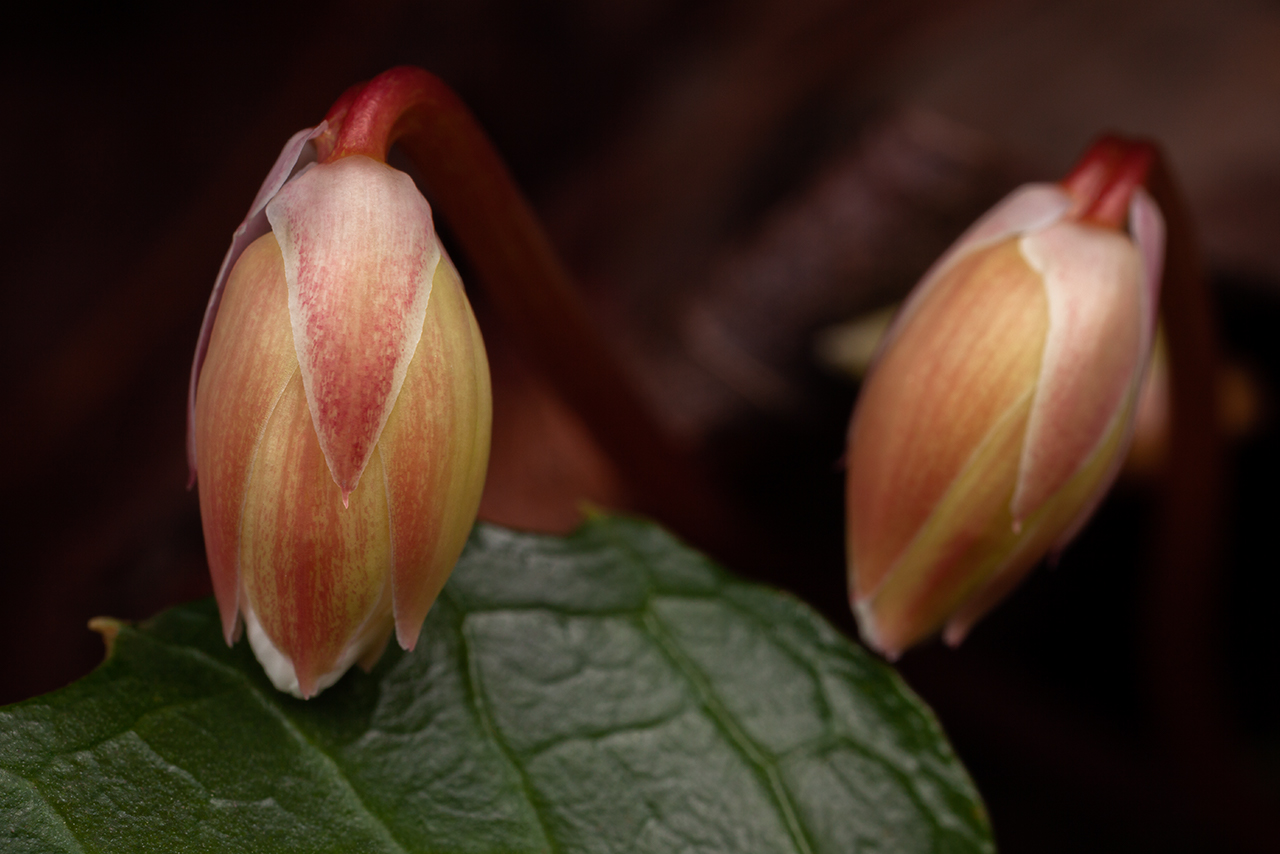
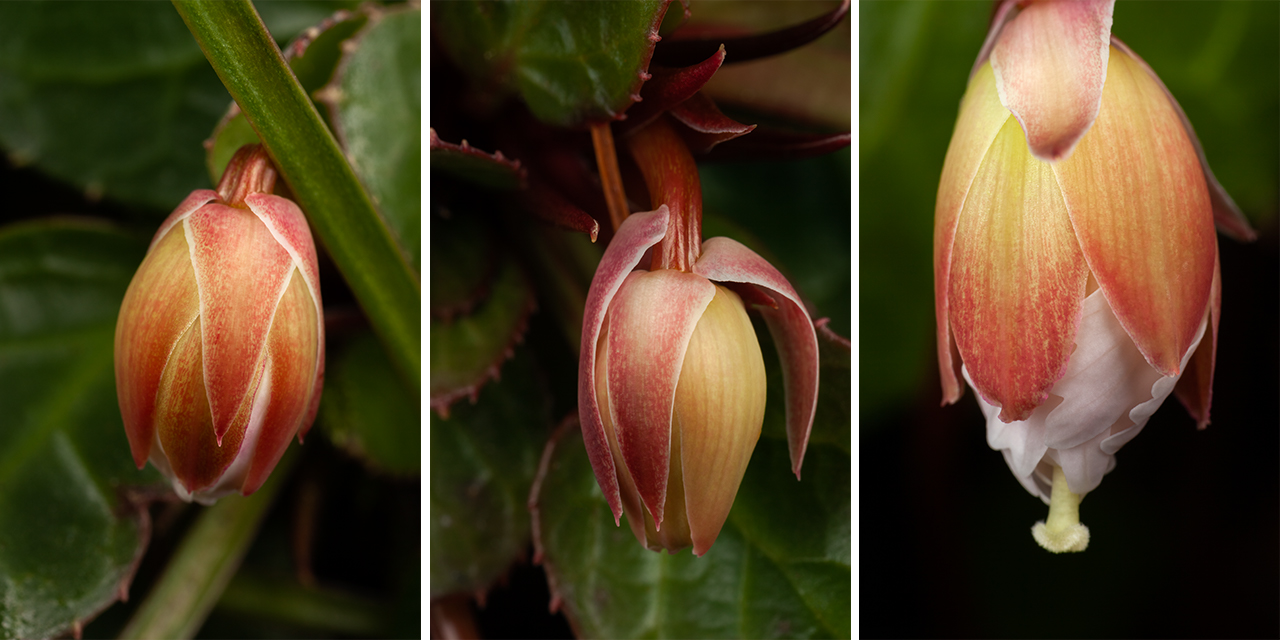

It wasn’t always this easy to find Oconee Bells. In fact, the preeminent botanist in America, Asa Gray, dedicated the greater part of his life to finding the Oconee Bell in the wild. French botanist Andre Michaux was the first white man to collect a specimen of the Oconee Bell in 1788, no doubt aided heavily by the Cherokee Indians who inhabited this area. The specimen Michaux collected was not in flower. He did note, however, the differences in the serrated leaves and fruiting capsule, writing in his journals that the species was unknown and found somewhere in the high mountains of North Carolina. Found somewhere in the high mountains of North Carolina. That’s the sentence that would send a long line of botanists, chiefly Dr. Asa Gray, on a lifelong wild goose chase to find this flower in places it never existed.
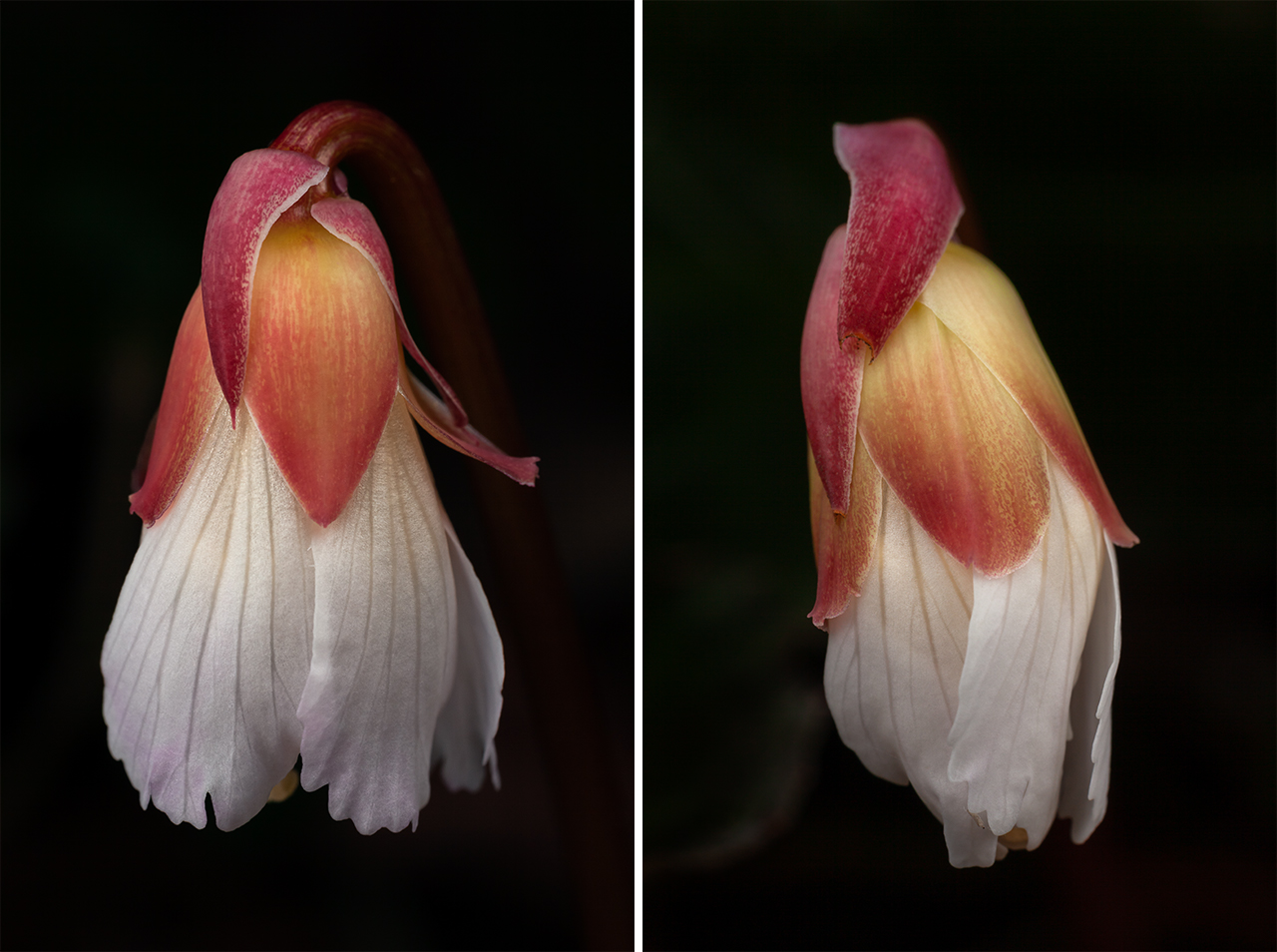
(Above): Much of my attention was drawn to the fiery red sepal and it’s differing degrees of artful recurve. Prints on Fine Art America.
Asa Gray was hired in 1838 as a professor by the University of Michigan and given a one year leave of absence as physical facilities were being completed. During this leave of absence, Gray took a trip to Europe where he visited the Paris Herbarium and stumbled upon Michaux’s dried specimen of this unknown American species collected nearly fifty years prior. Recognizing the specimen as a new American species, Asa Gray excitedly named it Shortia galacifolia. Shortia after his friend and fellow professor, Charles Wilkins Short. Galacifolia after the leaves that held close resemblance to a similar plant, Galax. Gray hoped that Short, teaching in nearby Kentucky at the time, would be motivated to travel to North Carolina to find the wildflower that now held his name. Short never made the trip, however, and he never saw the Oconee Bell wildflower during his lifetime.

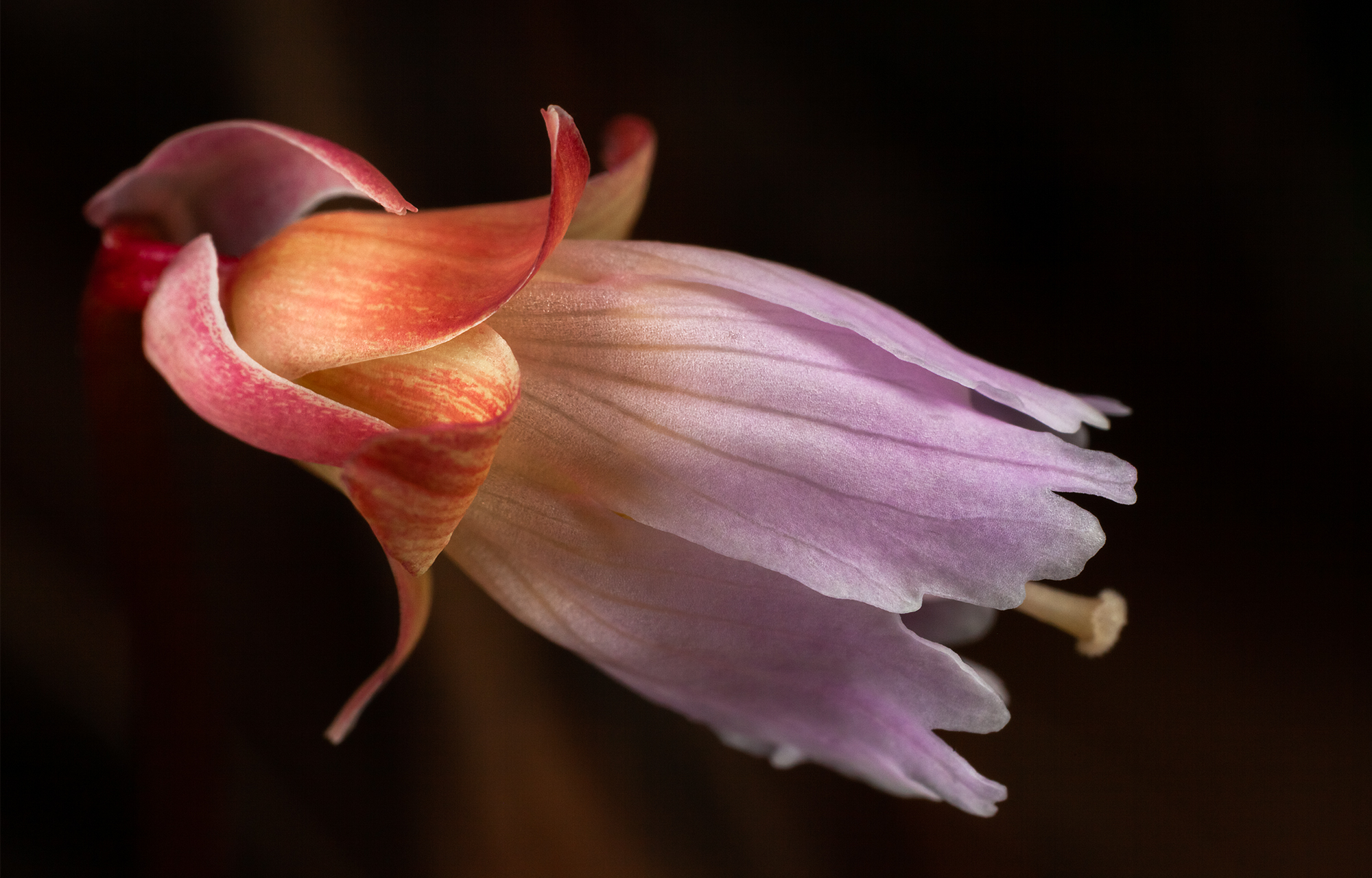

Asa Gray did, however, stay the course with regards to the Oconee Bell. Upon his return to the states, off to North Carolina he went. Roan, Grandfather, and the Black Mountains. All of the highest peaks in North Carolina. No Oconee Bells. Meanwhile, life moved on. Dr. Asa Gray became a professor of natural history at Harvard University in 1842. He proceeded to build his legacy through academic position and publication. Gray is widely recognized today as the most important American botanist of the 19th century. Subsequent searches for the Oconee Bell by Gray and other American botanists, however, continued to come up empty. They simply could not be found.

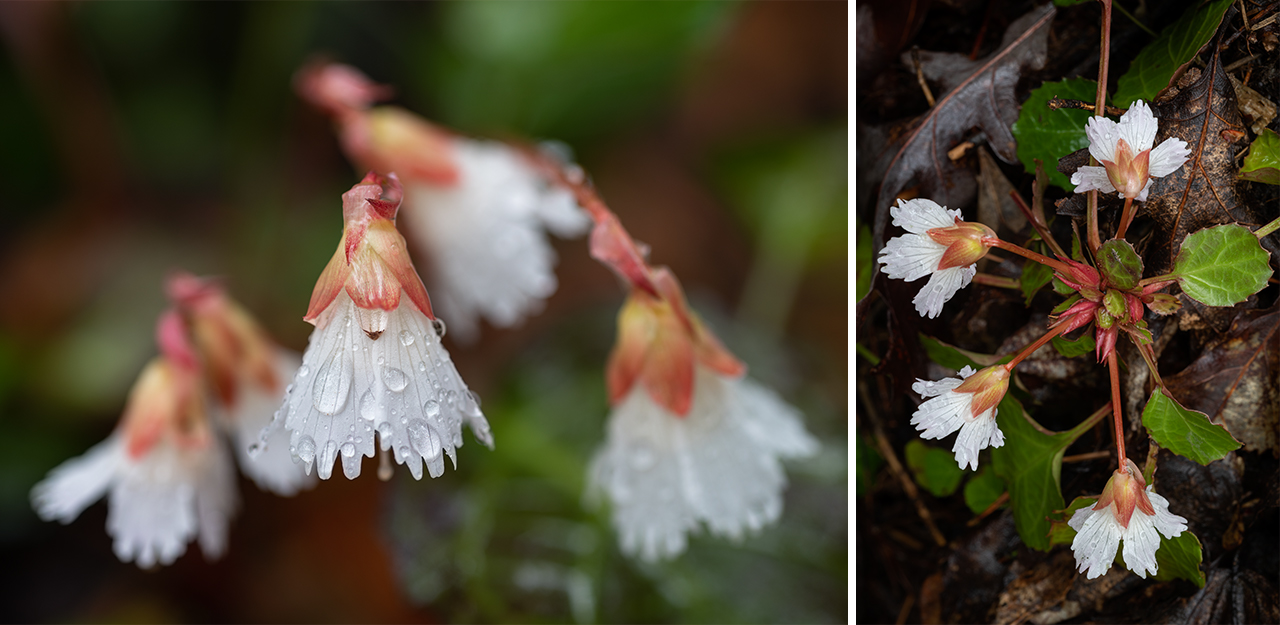
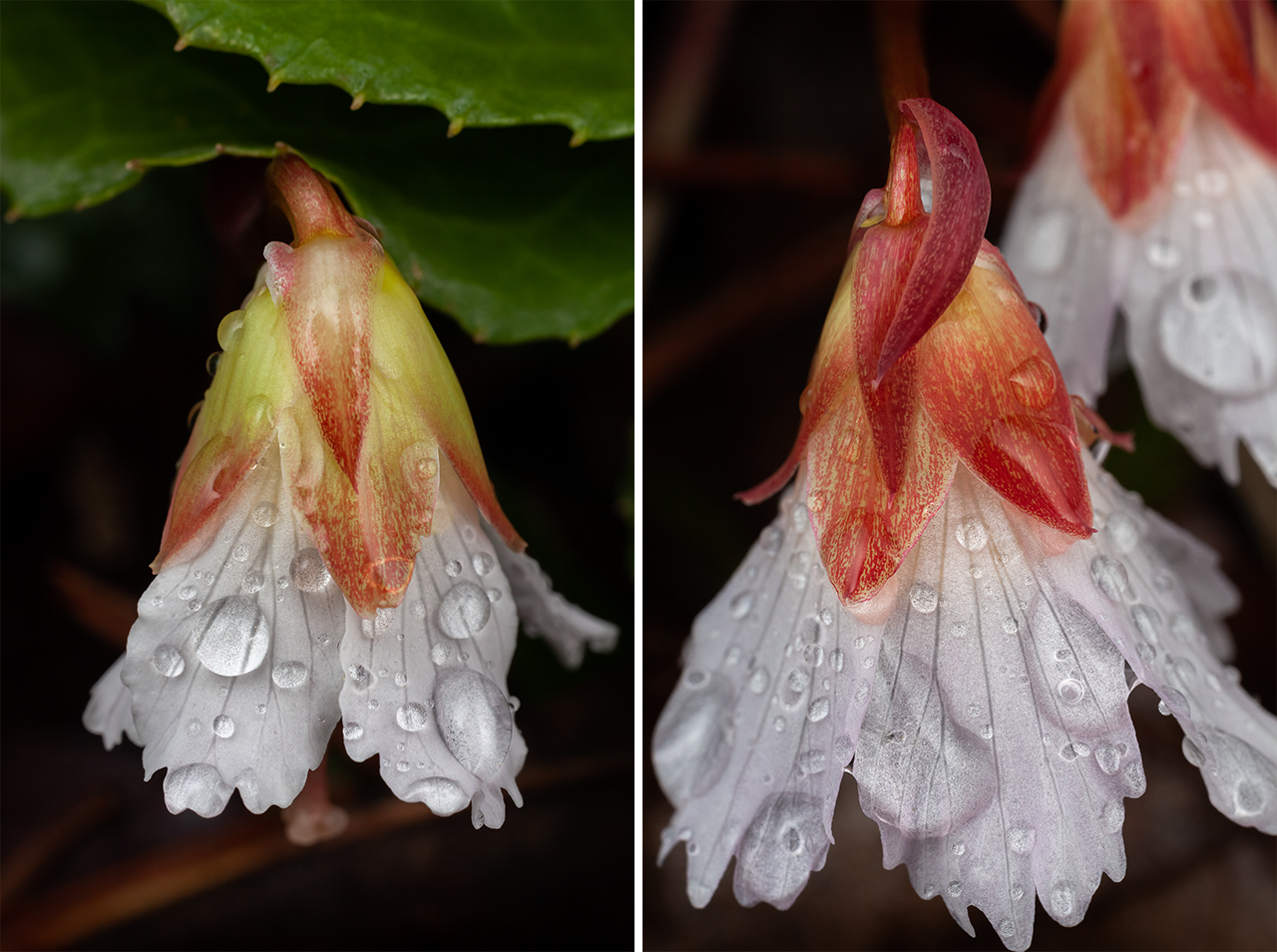
Momentum shifted in 1877 when seventeen-year-old George McQueen Hyams finally discovered Oconee Bells growing on the banks of the Catawba River in McDowell County, North Carolina. Two years later in 1879—nearly forty years after witnessing the dried specimen found by Michaux at the Paris Herbarium—Dr. Asa Gray made an excursion to see, with his own two eyes, Oconee Bells growing and flowering in the wild. This population of Oconee Bells would come to be known as Northern Oconee Bells. Their population is considered imperiled (S2) in North Carolina by NatureServe.
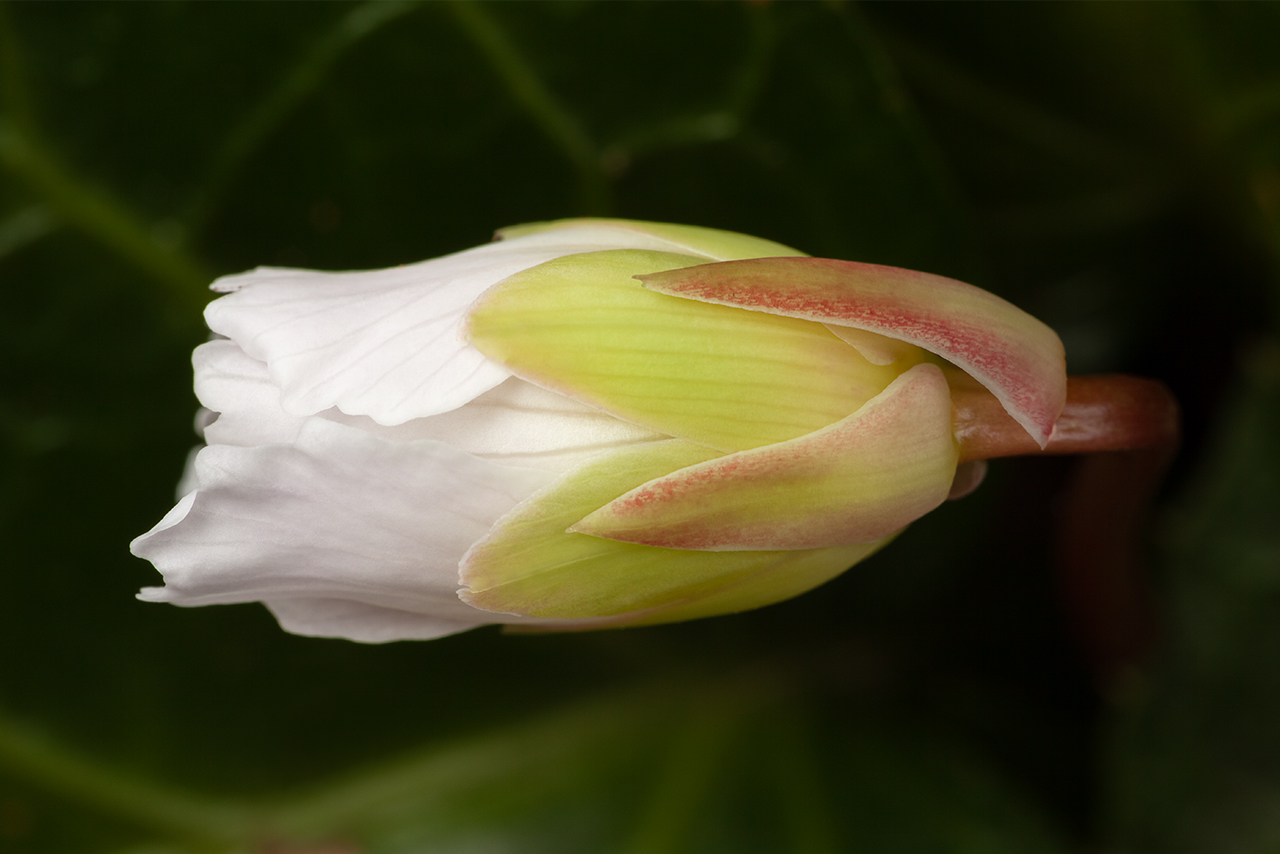
Still, the site that was found in McDowell County, NC did not match the one described by Michaux in his original journals. And the quantity of blooms were very low; the population very small. Dr. Charles Sargent, having accompanied Dr. Asa Gray to the McDowell County site to witness this plant first hand, rediscovered Shortia galacifolia in 1886 near Highlands, North Carolina. Sargent found Oconee Bells growing along Bear Camp Creek, part of what is known today as the Jocassee Gorges. It is this location that’s believed to have been the original location of Michaux’s specimen. This population of Oconee Bells would come to be known as Southern Oconee Bells. Their population is considered vulnerable (S3) in South Carolina by NatureServe. Dr. Asa Gray never had the opportunity to see Southern Oconee Bells growing in their native habitat.
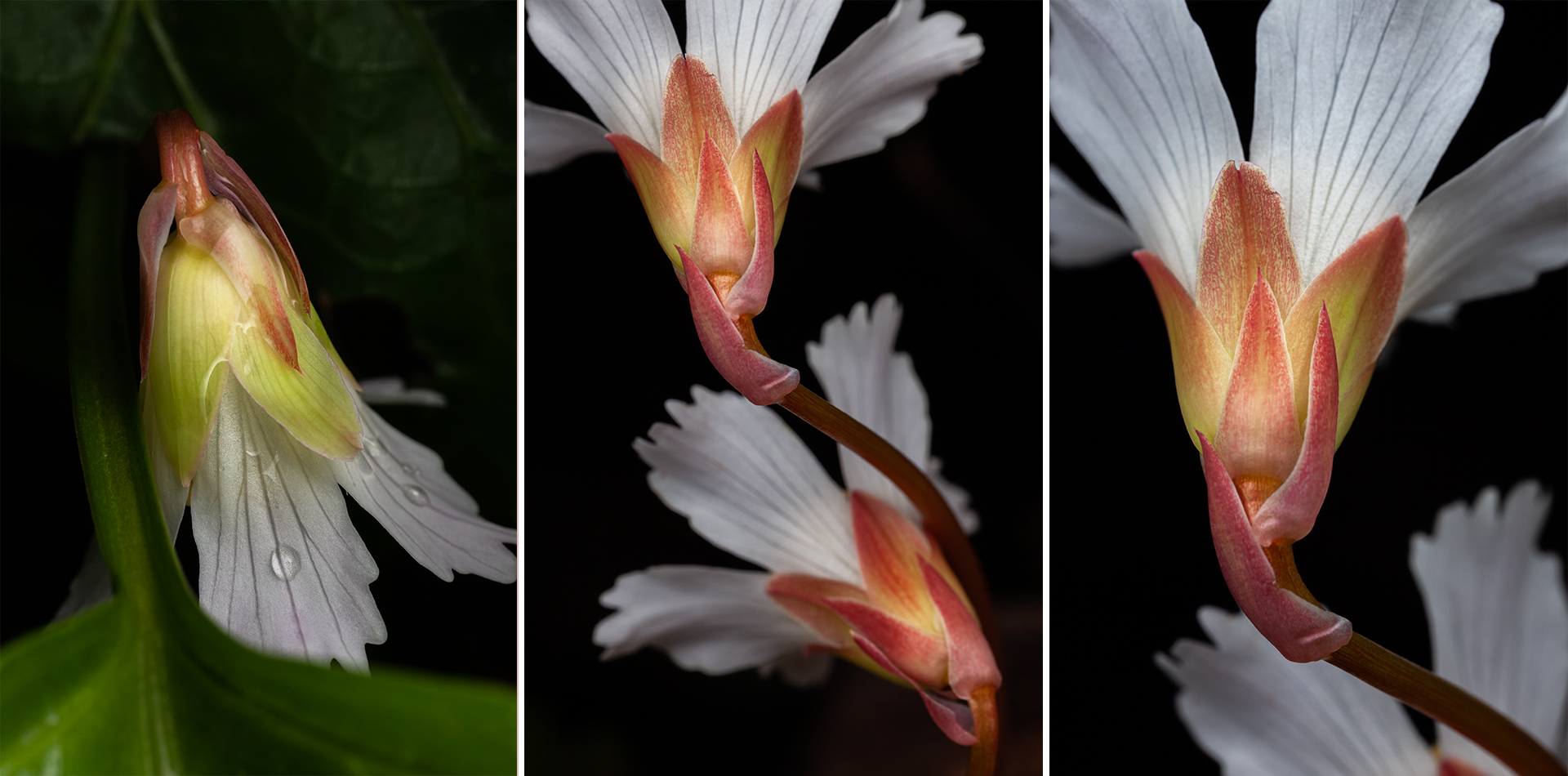
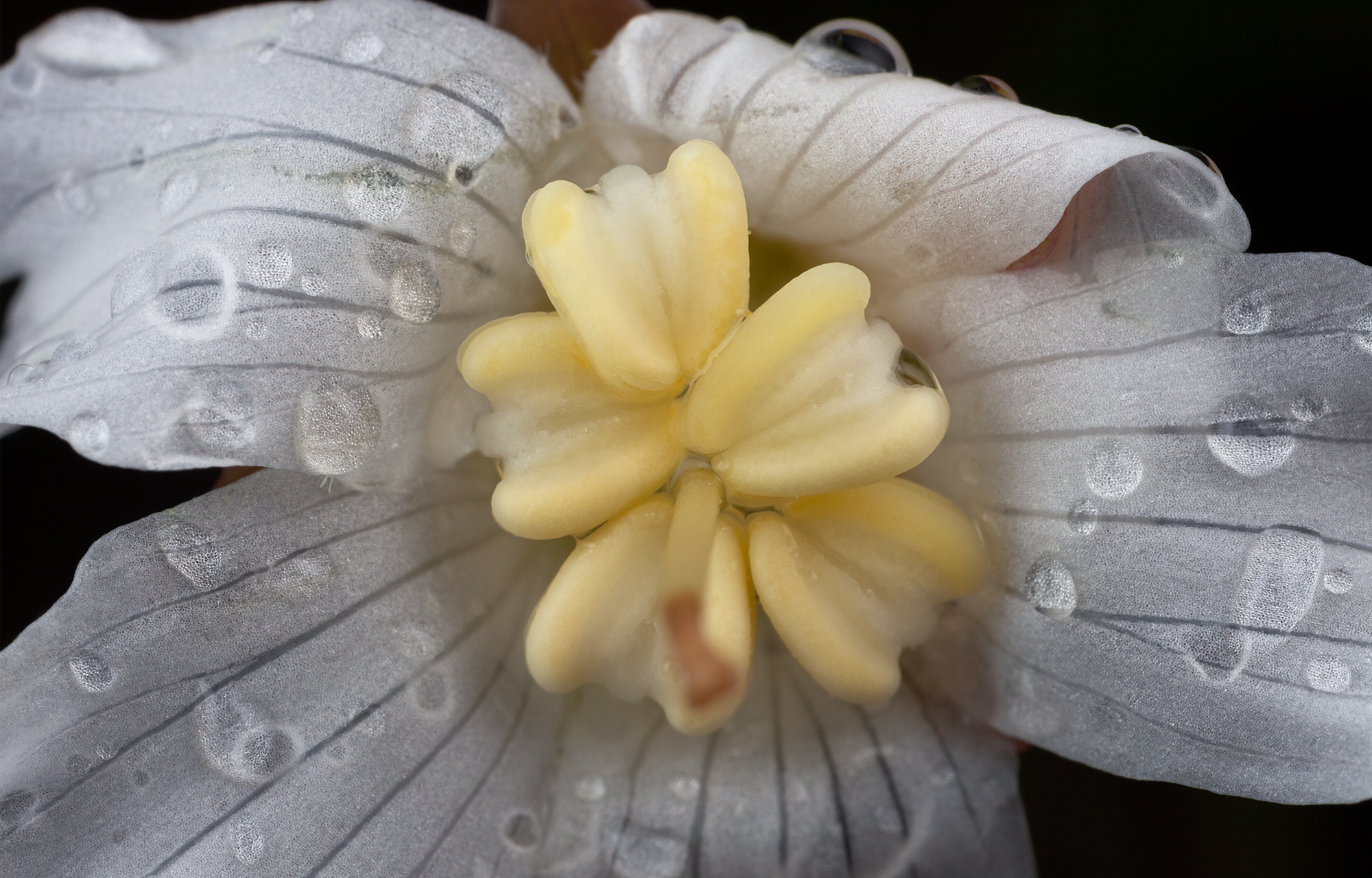

Oconee Bells are low-growing, evergreen perennials who prefer deep shade on moist, well-drained slopes and stream banks. Sixty-plus percent of Oconee Bell habitat was erased with the construction of Lake Jocassee in 1973 by Duke Power. The 7500 acre reservoir is known today for its undeveloped shorelines and uncharacteristically cold, deep, mountain-fed waters. Many consider Lake Jocassee to be one of the finest reservoirs in the Southeast. I sit upon its shores at my campsite and cannot argue the beauty of the place.
Despite the loss of primary habitat, small populations of Oconee Bells persist throughout the Gorges. The Foothills Trail, a seventy-seven mile hiking trail through Upstate South Carolina, provides the best access along the uppermost portions of the Jocassee Gorges, crossing many of the feeder rivers where one might find large masses of the evergreen perennials.
Frank E. Boynton of Highlands, NC, one of the individuals accompanying Dr. Sargent during the rediscovery of the Oconee Bells in the Jocassee Gorges, wrote in his journals regarding Bear Camp Creek:
“Every little brooklet is lined with it. Most of these little water courses are in deep narrow gorges where the sun hardly penetrates, except during the middle of the day. All these steep banks are literally covered with Shortia. What is comforting to the botanist is that it can hardly be exterminated. It is on land too steep to be cultivated and there is such an abundance that no amount of collecting can ever effect it strenuously. Our party took away bushels of it, and no one could tell that a plant had been disturbed, so thickly it is growing. No idea of the beauty of this plant can be formed until it has been seen in its native home. The mass of glossy green and white, once seen, can never be forgotten.”
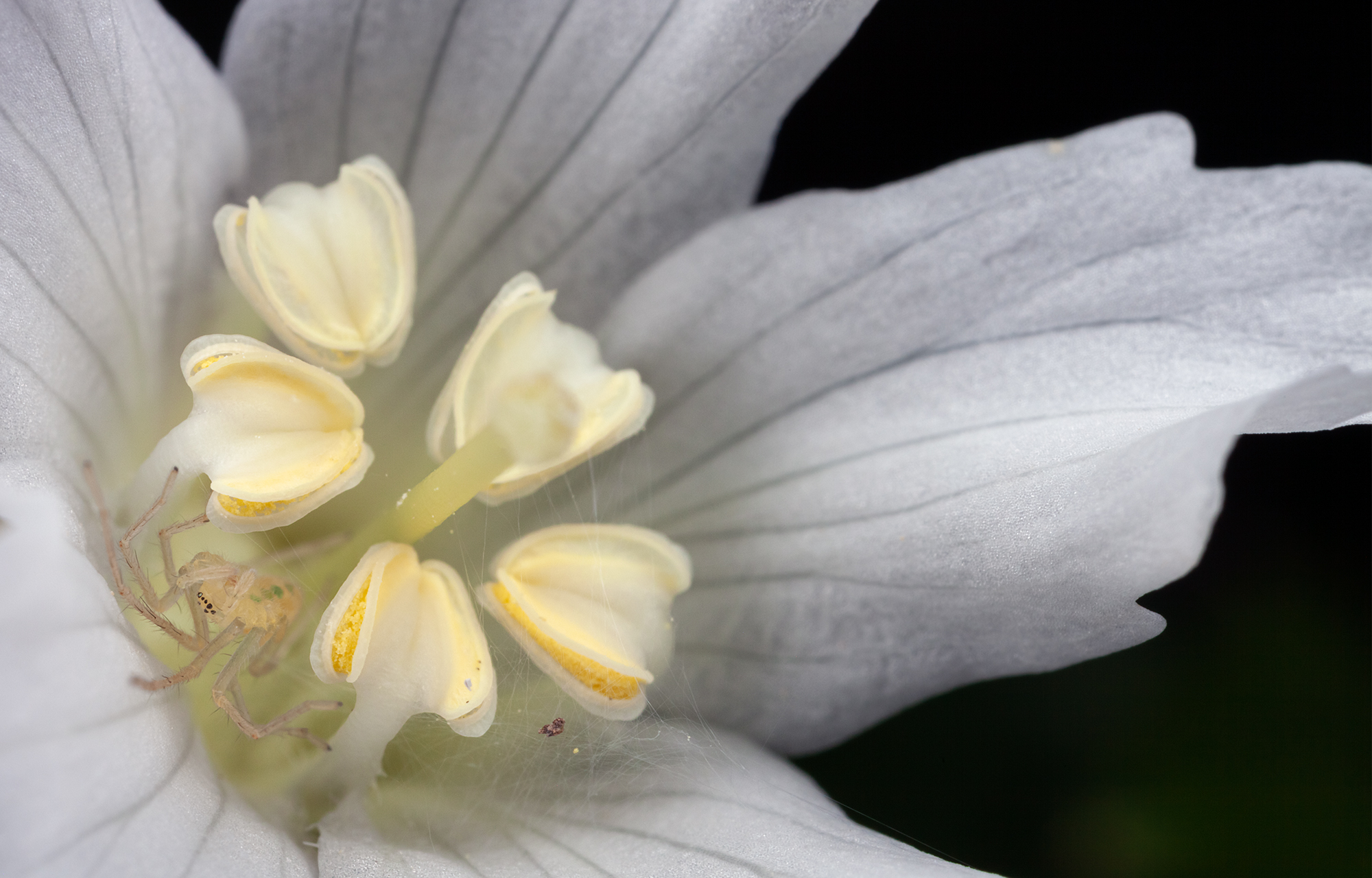
A juvenile spider with green dotted belly makes a temporary home within a newly opened Oconee Bell flower.
And so, I sit at my campsite proving Boynton’s words correct. I’ve never forgotten the Oconee Bell. I was introduced some twenty-plus years ago when I moved to Upstate South Carolina to attend Clemson University. A career or two later, I find myself with a camera on my back and a website online to share my visual curiosities. I’m spoiled with both my proximity to and the relative ease with which I’ve found the Oconee Bells.
After four days working the lower portions of the Jocassee drainage, I move my campsite up the mountain. The increase in elevation puts me right back onto the newly flowering Oconee Bells along the Foothills Trail. I even find several patches of Oconee Bells flowering alongside the Chattooga River Trail. By the time I pull up my tent stakes and point the car back north, I’m fully satisfied with my time and opportunities. I think this was the best year I’ve had yet with regards to documenting these beautiful wildflowers. I would welcome this becoming a regular tradition, one that I could share with others over the years.
Author Douglas W. Tallamy argues in his book The Nature of Oaks that “it is not the loss of rare and endangered species that we should fear; their populations are no longer large enough to have major impacts on our ecosystems. Rather, it is the loss of the common kingpins like oaks that we must prevent as if our well-being depends on them. For it does.” I don’t disagree. Yet I completely understand why Dr. Asa Gray called the Oconee Bell “perhaps the most interesting plant in North America.” I too must admit that I find outsized value in my time spent with the rare Oconee Bell wildflowers, even if they are–and have always been–like tiny ghosts in a grand sweeping forest.
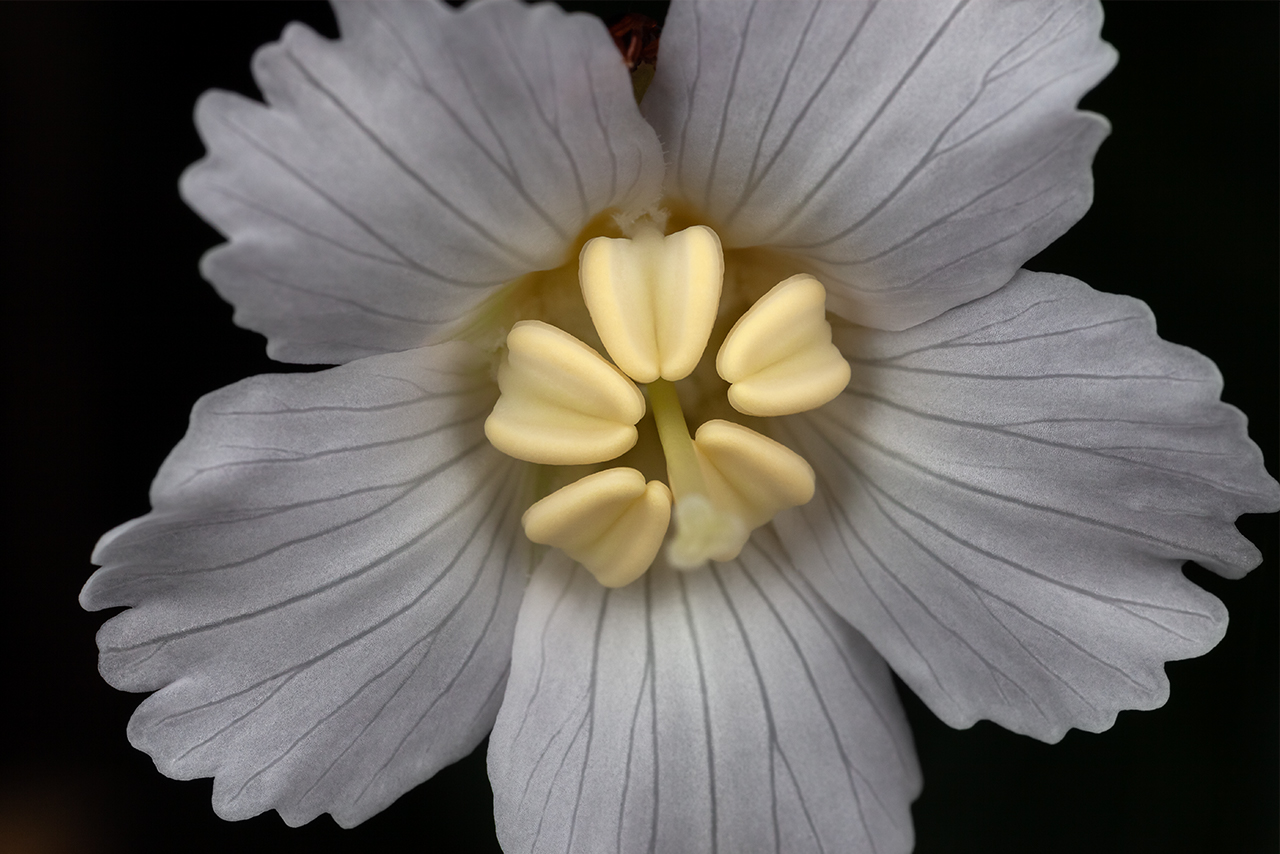
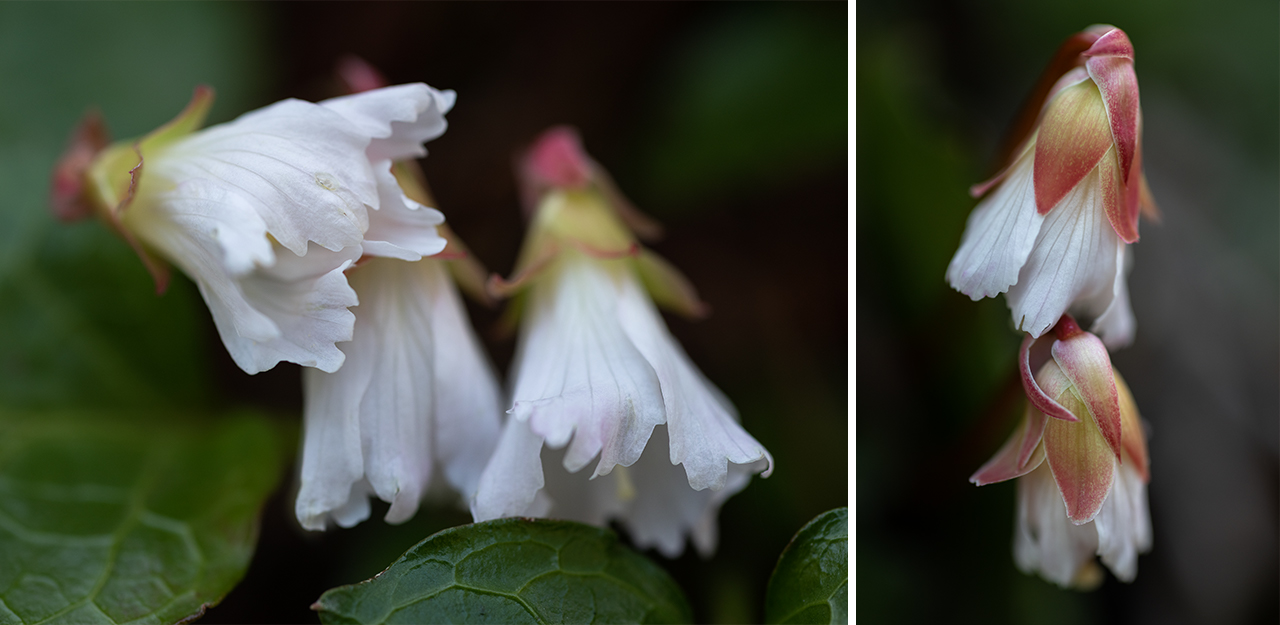
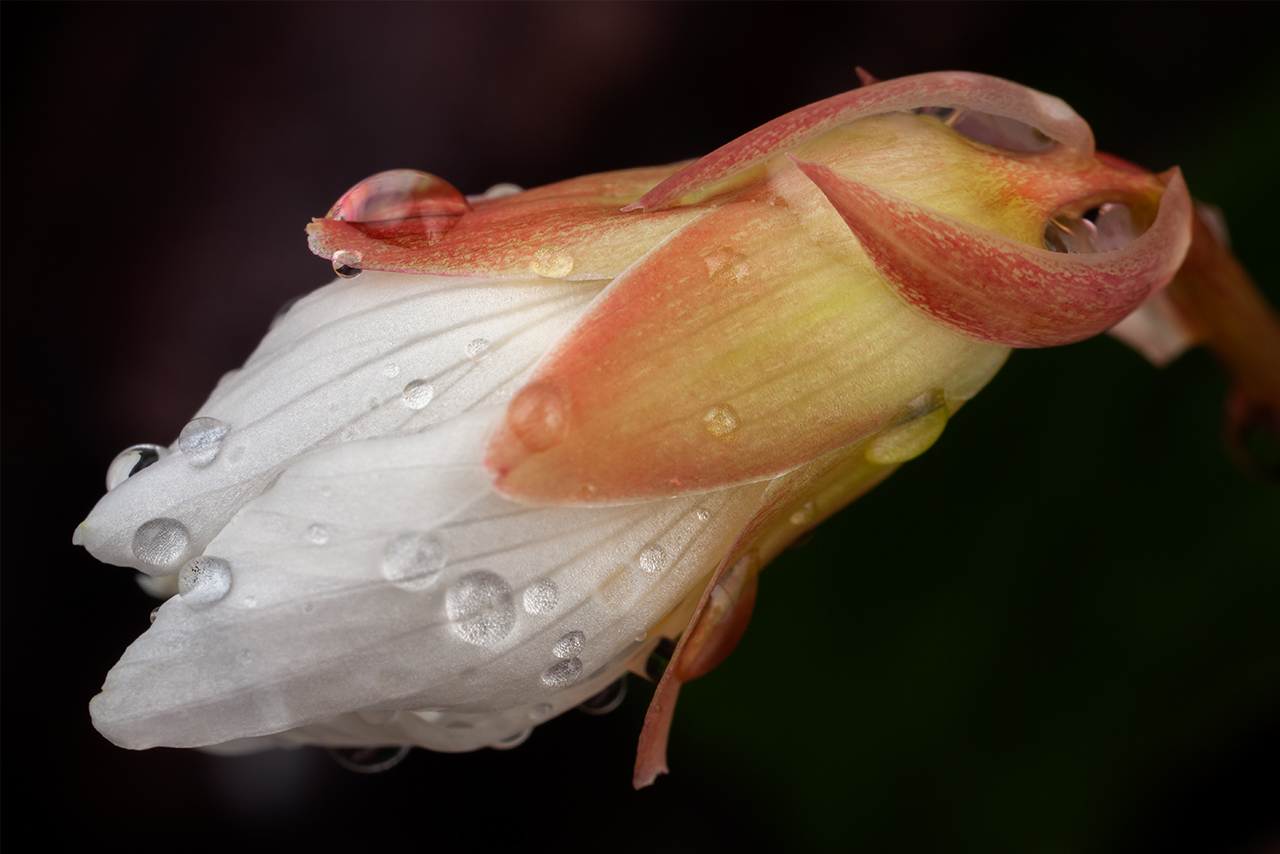
On Photography
Two changes allowed improvement in my photography of the Oconee Bells. First, I attained a capable lens. Capable, in this instance, meaning able to shoot at greater than life size. Prior to this trip, I maxed out at one-to-one life size representation. It was physically impossible for me to fill a rectangular frame with the bud of an Oconee Bell flower without cropping the output file.
The second change has been more gradual: an increased understanding of the habitat Oconee Bells prefer. I do not possess a natural sciences background. It’s been a slow learning process for me to understand and recognize different habitat characteristics. As I’ve spent more and more time in the forest, however, I’ve become better at recognizing differences at one location versus another. And that recognition has allowed me—particularly this year (2022)—to find additional bloom sites of Oconee Bells. Sites where I could really work the wildflowers behind the lens instead of relying solely on the short, heavily trafficked Oconee Bell trail within Devil’s Fork State Park.
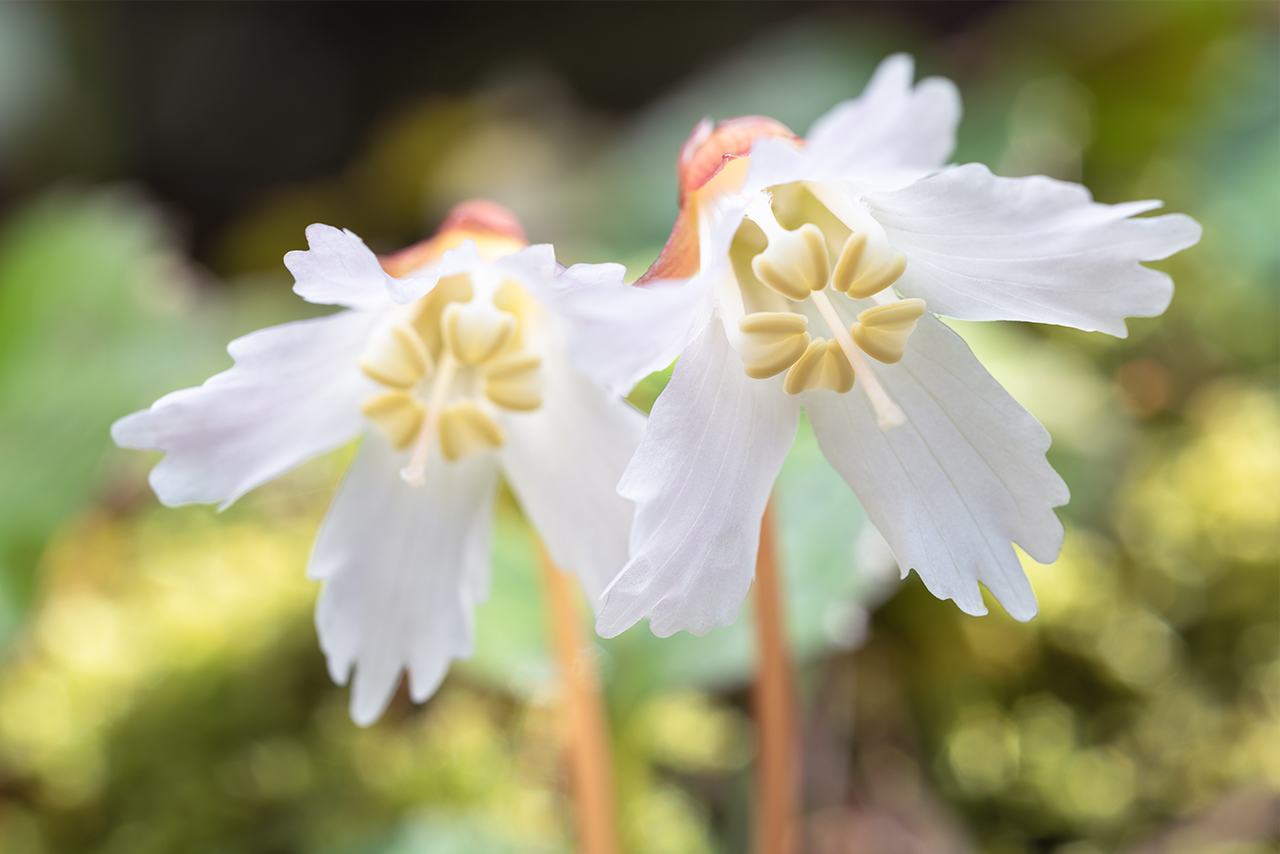

I creatively connect people with the natural world so their attention and understanding will build and sustain its worth. Southern Appalachian Mountains and Carolina Coastlines. The land is alive and I’m called to explore it.


Nice meeting you at Oconee State Park. Excellent job capturing the beauty of the Oconee Bell and commentary explaining some its history.
Hey Craig! Likewise! Campground got a little crazy there over the weekend 😀. Hope you got onto some great hiking though! Pleasure to meet you as well. I can’t wait to see if I got any photos from my adventures.